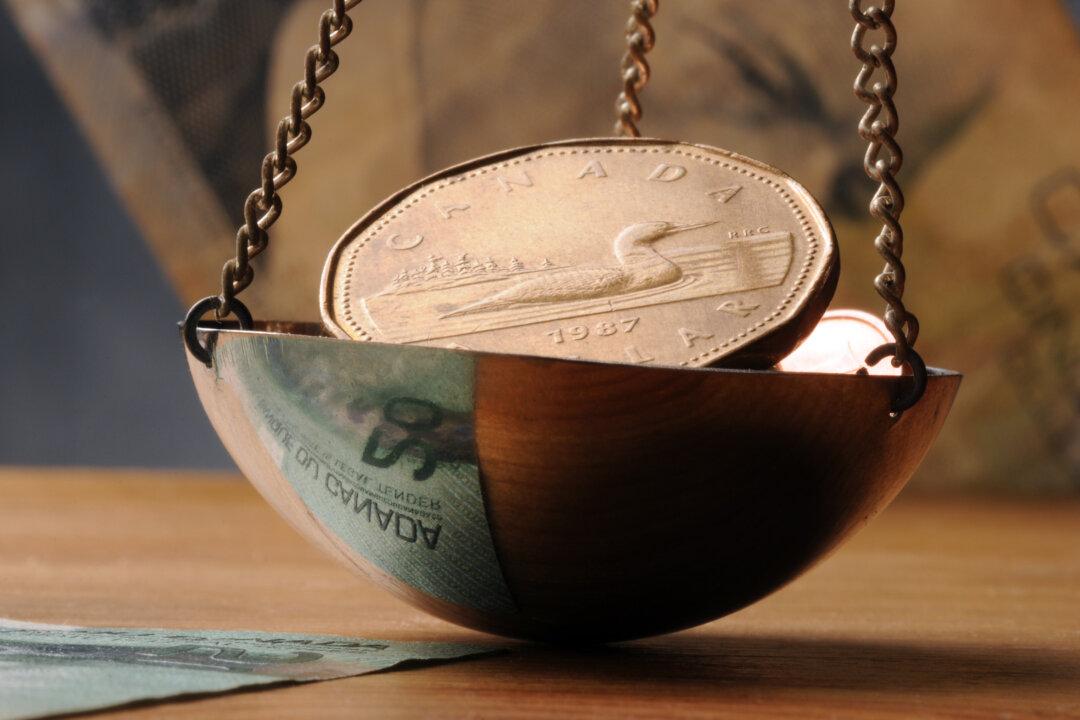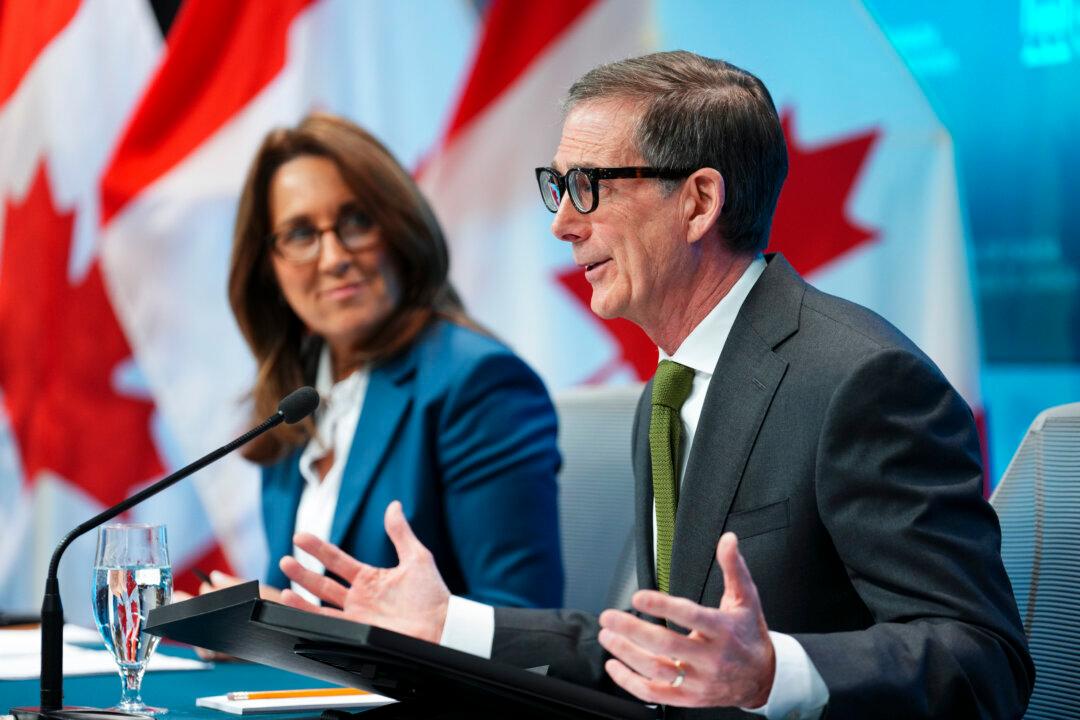Canada is in a strong fiscal position at the federal level relative to other G7 countries, but its seemingly endless deficit spending and mounting total government debt should be throwing up red flags.
Federal and provincial debt in 2016–17 will reach a projected total of $1.4 trillion. This equals 67.5 percent of gross domestic product (GDP) or $37,476 for every man, woman, and child living in Canada, according to a bulletin from the Fraser Institute, a Canadian public policy and research think tank.
“There are immediate costs to government debt and we shouldn’t be lulled into thinking that government debt doesn’t matter,” said Charles Lammam, the Fraser Institute’s director of fiscal studies, in a phone interview.
Canada emerged from the financial crisis in better shape than its G7 counterparts partly due to being better prepared for it. Pre-crisis in 2007–08, total debt was 53 percent of GDP. In times of recession, governments may need to take on deficits to get the economy going again. But to be building up debt in a time of economic growth, albeit weak, is of concern to Lammam.





